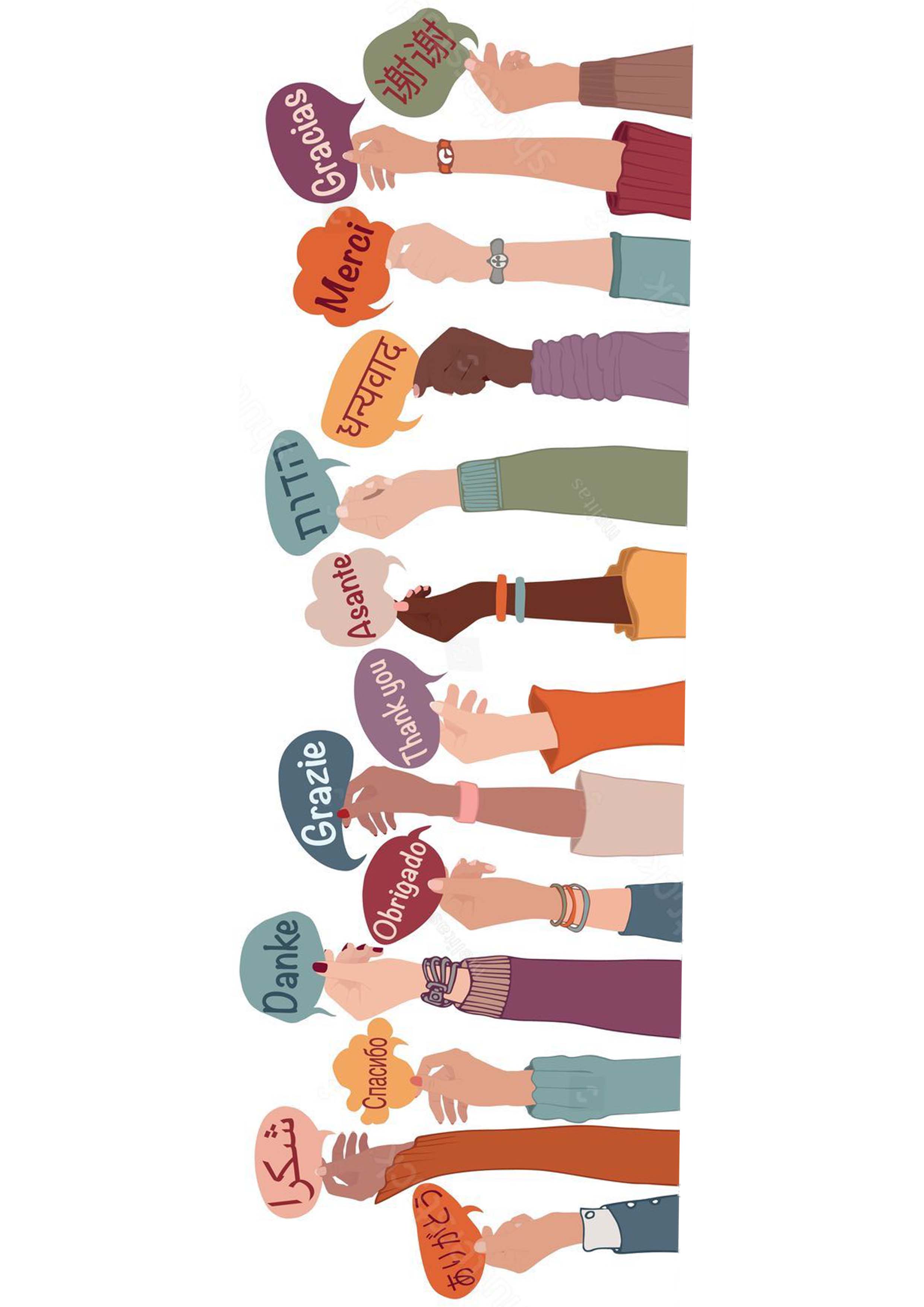The gentle art of getting by.
Abigael Rotich , Kenya Nov 12, 2025
There is always a day that is straight from the pits of hell. Nothing seems to work, anything that can go wrong, does go wrong. You find yourself in a funky mood.
This affects your productivity because your brain activates your emotional alarm system and switches off the part of your brain that handles planning, focus and decision making. This way, you start to self protect and react instead of thinking clearly.
Cortisol and adrenaline rise when you are in emotional distress. They make you anxious and jittery. These are great for running away or fighting but not good for concentration. Your working memory fills up with emotional clutter, replaying thoughts of regrets and worries, leaving less space for tasks or creativity. In this state, even small tasks feel difficult because your brain is using energy to try and calm you down. You are tense, you feel low, your attention splinters, you second guess yourself, you rush or procrastinate tasks. All this affects your productivity.
This is a fast track to composure on demand.
-
Feel your feelings.
There are no right or wrong emotions. People who accept their negative emotions without judgment experience lower levels of anxiety and depression over time. This is because acceptance interrupts the cycle of suppression → rebound → intensified emotion. Instead of wasting energy fighting feelings, the body calms down faster. When you hide anger or sadness, the threat detector in your brain stays activated — the body thinks danger is ongoing. Accept any emotion and sit in it for just a moment.
-
Verbalize the emotion
Give a name to what you are feeling and what you want to feel. Give multiple names to what you are feeling. Simply naming a feeling (“I feel angry,” “I feel sad”) reduces activity in the emotional centers in your brain and increases activity in the brain’s calm, logical control center. Go further and verbalize what you want to feel. This process is called affect labelling. You calm the emotional brain by turning sensations into language.
-
Meditate
Breathe, ground, and center yourself. Meditation can range from a few minutes to hours. This is a 5 minute reset guide that you can use on the go.
Step 1: Physical release
-
Stand up.
-
Inhale deeply through your nose for 4 seconds, exhale forcefully through your mouth.
-
Roll your shoulders back and down, stretch your arms wide, shake out your hands.
-
If you can, do 20 jumping jacks, jog in place, or just swing your arms and legs loose.
Step 2: Ground and reset
- Sit down and place your bare feet flat on the ground or floor.
-
Inhale slowly for 4, hold for 2, exhale for 6.
-
Name 5 things you can see, 4 you can touch, 3 you can hear, 2 you can smell, 1 you can taste.
This brings you back to the present moment and helps your nervous system settle.
-
Act
Take one calm, deliberate action. This will refocus your mind.
“What is one thing I can do right now that would make the rest of my day/night feel easier?”
Pick just one—maybe replying to one message, finishing a small task, or starting a playlist and tidying your workspace. Once you start, momentum will build.
-
Gratitude: A natural antidepressant.
End with appreciation for what’s steady and good. Gratitude rewires the brain to notice the abundance instead of lack. Just like love, gratitude is a practice.
Gratitude as a practice is one of the most studied emotional habits in psychology, neuroscience, and even physiology. Gratitude activates the part of the brain involved in processing reward, empathy, and emotional regulation. Regular practice trains the brain to scan for positives instead of threats. Gratitude activates the same brain regions as pleasure, trust, and reward. This triggers dopamine and serotonin release, the same neurotransmitters targeted by antidepressants.
Over time, a gratitude habit creates new neural pathways that make it easier to feel content and balanced. In all seasons, gratitude acts as a mental anchor. It doesn’t deny hardship — it adds balance by reminding the mind of what’s still working, still present and still beautiful.
The practice of gratitude.
-
Grab a piece of paper.
Any page will do — a notebook, journal, or even a loose sheet. Keep it simple and accessible. -
Write down 8 things you’re grateful for.
Don’t overthink it.
Include anything that brings you comfort, joy, or relief — big or small. It could be; your mother’s love, a delicious cup of tea, a peaceful moment alone, or even a really good bowel movement!
Gratitude is about presence, not perfection.
-
For each item, add a short explanation.
Just a line or two about why you’re grateful for it.
-
End each line with the phrase:
“I am very grateful for…” -
Read your list out loud when you’re done.
Feel the warmth, calm, and appreciation settle in.
-
Keep your gratitude notes private.
This is your secret practice, just for you.
Never let anyone read your notes — not because they’re shameful, but when you know someone might see them, you risk becoming performative, writing what sounds good instead of what feels true. Honesty is what gives this practice its healing power.
Keep your notes safe. Fold them away. Hide or even burn them later if you wish.
What matters most is that they are real, not polished.
Examples;
“I am grateful for the warm shower that I had today. I have always loved taking baths. I am grateful that I have a hot shower and plenty of water.”
“I am grateful for my home. A lot is going on in the country right now and so many people have lost their homes and a lot more to floods. I have my home intact. I am very grateful for this.”
“I am very grateful that my son’s eczema is contained. It was a source of anxiety for me but now he is well. I am very grateful for this.”
“I am so grateful for my life now. I am just starting to live for myself and I am loving it. I am stepping into the spotlight as the main character of my life and it feels like a breath of fresh air, unlike this paper which smells like cat pee.”
No day is too messy, no emotion too strong. With feeling, naming, grounding, acting, and gratitude, you have the tools to reset your mind, calm your body, and reclaim your focus — anytime, anywhere.
 Login with Google
Login with Google
 Signin with Apple
Signin with Apple


Login to Comment